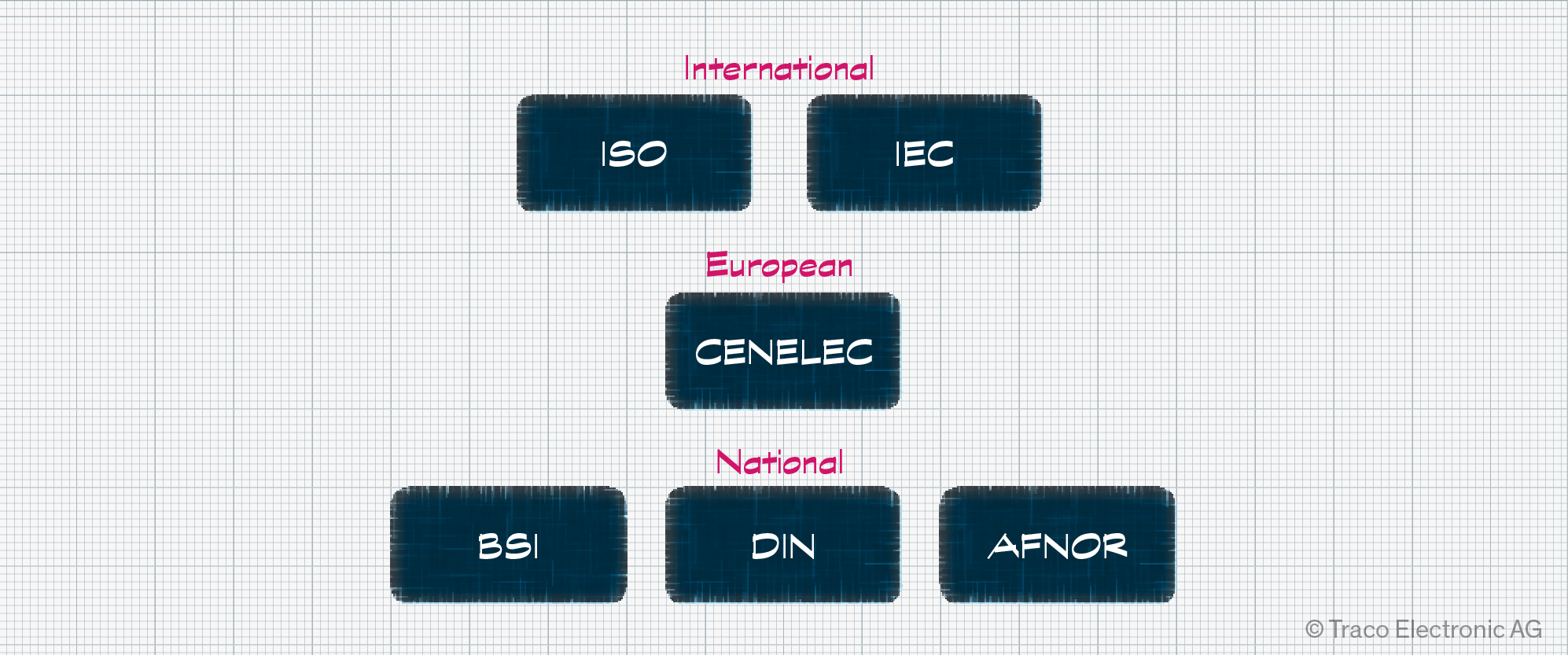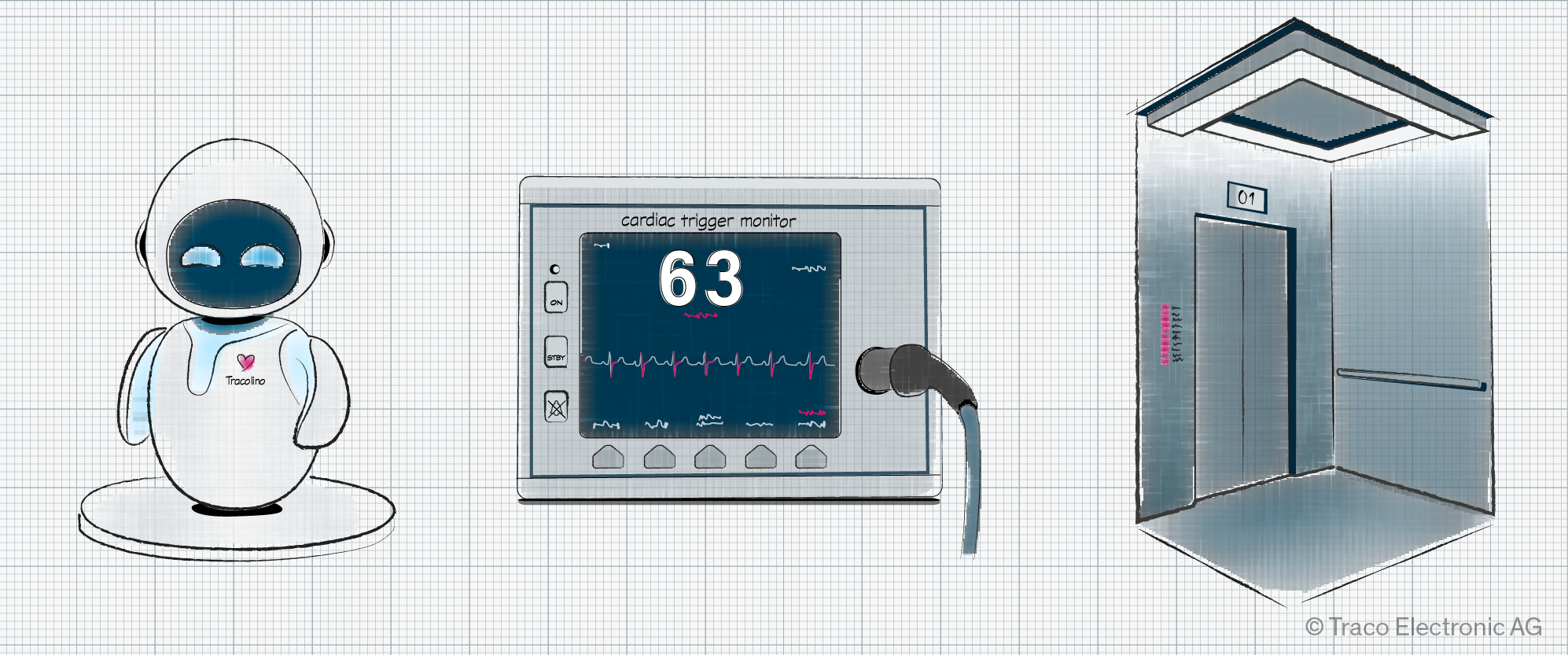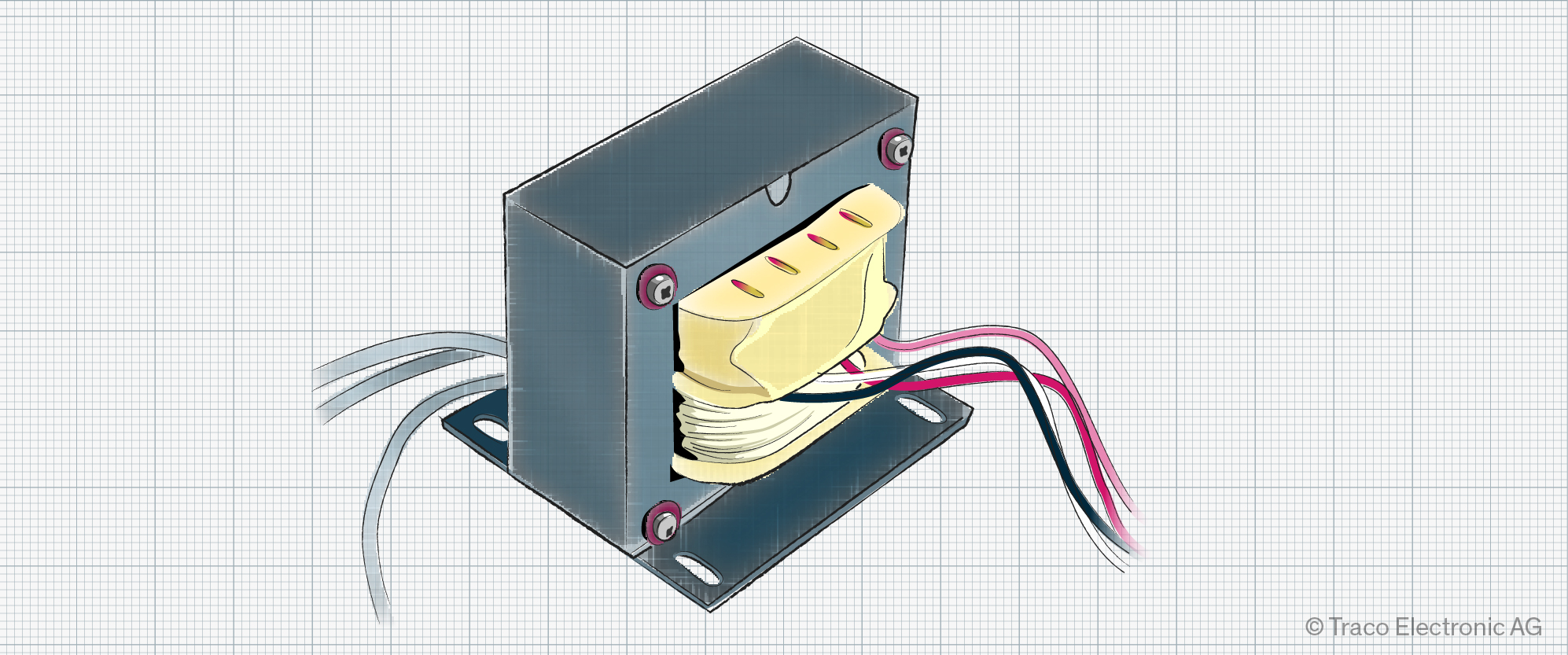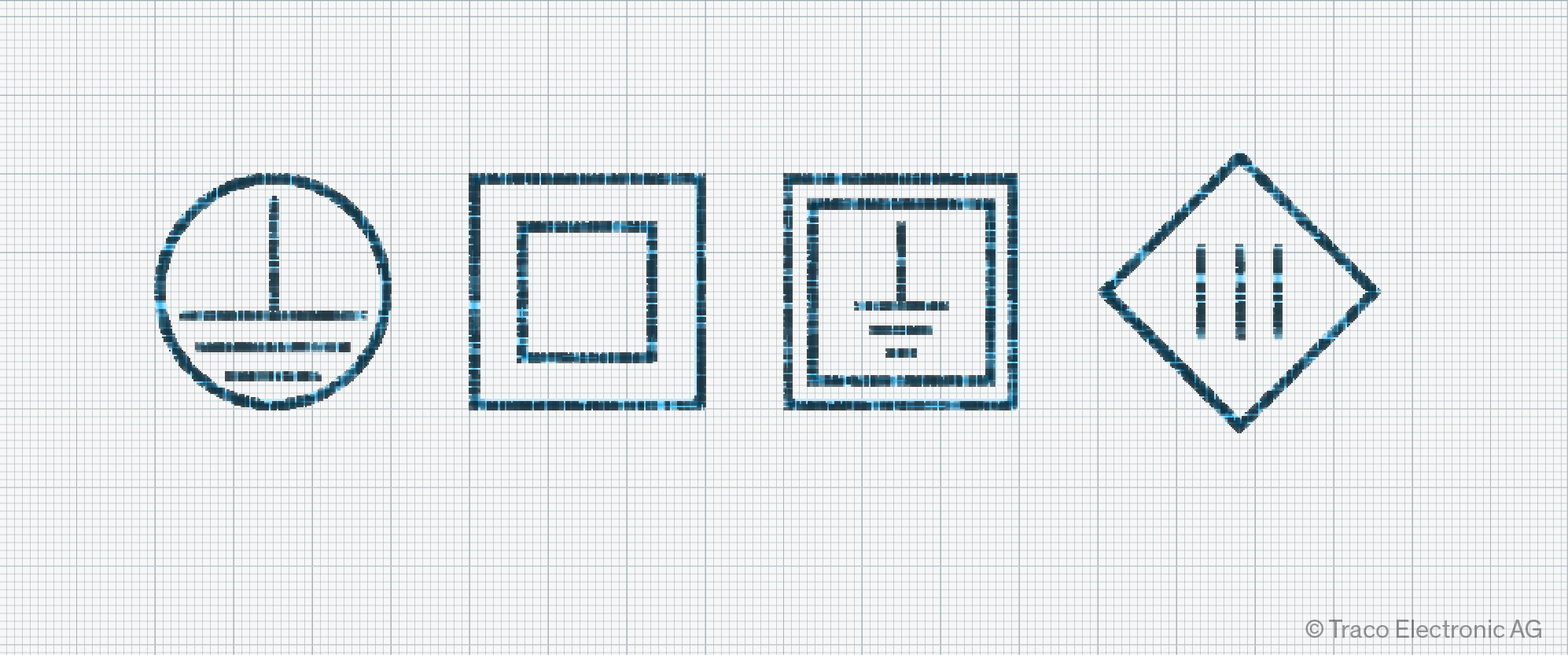Insulating Users of Electrical Equipment from Danger
When you purchase a piece of electrical equipment, you don’t only expect it to perform its function – you expect it to perform its function safely. Safety standards set the requirements equipment manufacturers must achieve to ensure this is the case. And, if they aren’t fulfilled, you’ll have issues when trying to sell your products.
Who Defines Electrical Safety Standards?
Organizations such as the International Organization for Standardization (ISO) publish standards for technical fields, while the International Electrotechnical Commission (IEC) specializes in aspects related to electronic and electrical engineering. The standards are then transferred to applicable law in each country by regional or national agencies such as CENELEC (Comité Européen de Normalisation Électrotechnique), BSI (British Standards Institution), and DIN (Deutsches Institut für Normung e.V.).
For electrical products, the applicable safety standards are defined to ensure prevention of injury and damage resulting from electrical shock, heat, fire, and radiation. Provisions for mechanical and chemical hazards are also included.

However, precisely which standards apply is defined at national or trading zone level. For example, the European Union’s (EU) 27 countries rely on European Directives that apply across this trading block. If requirements exist for the product you intend to market, you’re responsible for self-certification by complying with them and documenting conformity. With this complete, you apply a CE mark to your product and market the product in the EU.
Some products are riskier for consumers than others. In such cases, you’ll need to work with a Notified Body (NB) such as TÜV, VDE, or BSI before bringing the product to market. The NB’s identification number must then appear alongside the CE mark.
Regardless of whether an NB was involved, product safety remains the manufacturer’s responsibility.
Examples of products that require a notified body include:
· Toys
· Electrical and electronic equipment
· Medical devices
· In vitro diagnostic medical devices
· Lifts

Building Electrically Safe Products
So, how can you ensure that users of your mains-powered product won’t be subjected to an electric shock? One safety principle is insulation, a barrier ensuring accessible parts do not allow contact with hazardous voltages. The typical insulation types and approaches are:
· Operational or Functional Insulation – This ensures correct functionality but does not protect against electrical shocks. Solder resist applied to a PCB falls into this category. It ensures the circuit functions correctly but does not protect a user from a potential shock.
· Basic Insulation – This protects the user from live parts using insulation such as the plastic covering on a mains cable. Access to the dangerous conductor voltage would first require the destruction of the insulation. This term is defined in IEC 60050-195.
· Supplementary Insulation – As the name suggests, this is an additional layer of protection applied to something protected by basic insulation. An example is the plastic sheath of a power cable containing three insulated conductors. Should the insulation of an inner conductor fail, the user is still protected by the outer sheath.
· Double Insulation – This indicates the use of both basic and supplementary insulation. It can also be considered a level of equipment safety. Class II double-insulated appliances, such as a hair dryer, ensure that no single failure results in the user’s exposure to a dangerous voltage.
· Reinforced Insulation – A single insulation approach that provides a degree of protection equivalent to double insulation. Inevitably, reinforced insulation must be thicker to achieve the desired protection. When used in transformers, it can result in larger components and reduced coupling.
In a power supply, the line AC and lower voltage secondary side are in close physical proximity. To ensure safety, either double or reinforced insulation is needed. This is typically implemented using copper wire transformer windings coated with enamel insulation specified to IEC 60317. Windings may be separated by a plastic former or even impregnated paper along with mylar or similar tape. Further techniques, such as a resin coating or impregnation, may also be used to limit moisture ingress and potential corrosion and increase component strength.

What are Appliance Classes?
To ensure users can safely use electrical equipment and won’t be exposed to dangerous voltages, various appliance classes (sometimes known as protection classes) exist. These are defined in IEC 61140 and utilize the insulation approaches listed.
· Class I – The mains wiring within the device uses basic insulation. Depending on the geographical region, a green/yellow or green conductor connects the chassis to a Protective Earth (PE). Should any insulation break down and a live conductor touch the chassis, a short to earth occurs. This will blow the fuse or trip the residual current device (RCD), protecting the user. Such applications use three-pin plugs that ensure the earth connection is the first to be made when plugged in and the last to disconnect when removed. Laboratory power supplies are typically Class I devices and usually have a marked PE terminal.
· Class II – The main wiring within the device uses double or reinforced insulation so that no single fault could result in user exposure to a dangerous voltage. To ensure safety, the insulation approach must be capable of withstanding 3000 VAC. Thanks to this appliance class, a PE connection is not required. Class II devices in Europe require a “square in square” symbol to be visible on the appliance. Phone chargers are a prime example of Class II devices.
· Class II FE – The lack of earth on Class II devices can cause issues with electromagnetic interference (EMI), especially in audio and medical applications. In such cases, the earth conductor may be used in a Functional Earth (FE) role. It is important to note that the double/reinforced insulation selected still provides user protection.
· Class III – This is reserved for devices powered by a separated extra low voltage (SELV), an AC or DC voltage so low that it is considered safe even under unexpected fault conditions. A battery-powered laptop connected to its charger is a good example.

There can be some confusion around these designations. For example, an open frame power supply provided by a supplier like Traco Power is designed to be a component in a customer’s final application. Power supplies designed for use in Class II products should, therefore, be considered “Class II prepared” as the final assessment of the application class lies with the end product’s manufacturer.
Finally, Class II should not be confused with UL 1310 standard Safety Class 2 Power Units of the North American National Electrical Code (NEC), as this standard relates to limits on maximum output voltage, current, and power.
Safety: Always a Top Priority
If you’re exploring any of these issues for the first time and need guidance, it’s best to contact your component supplier or an NB for support. Incorrect design decisions that carry through to the end of a project are complicated and often costly to resolve. And don’t forget, the power supply you select for your product doesn’t define application class – it only contributes to your ability to meet the application class you’re targeting.